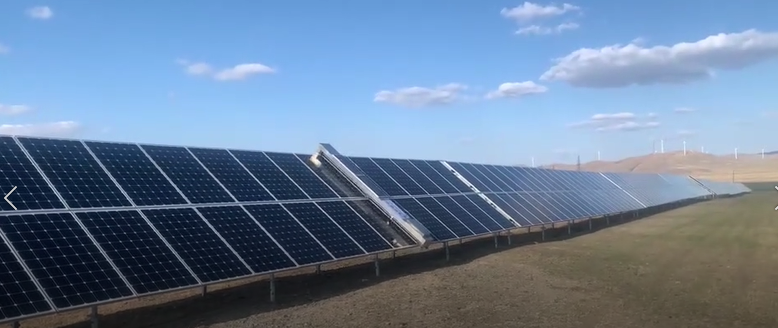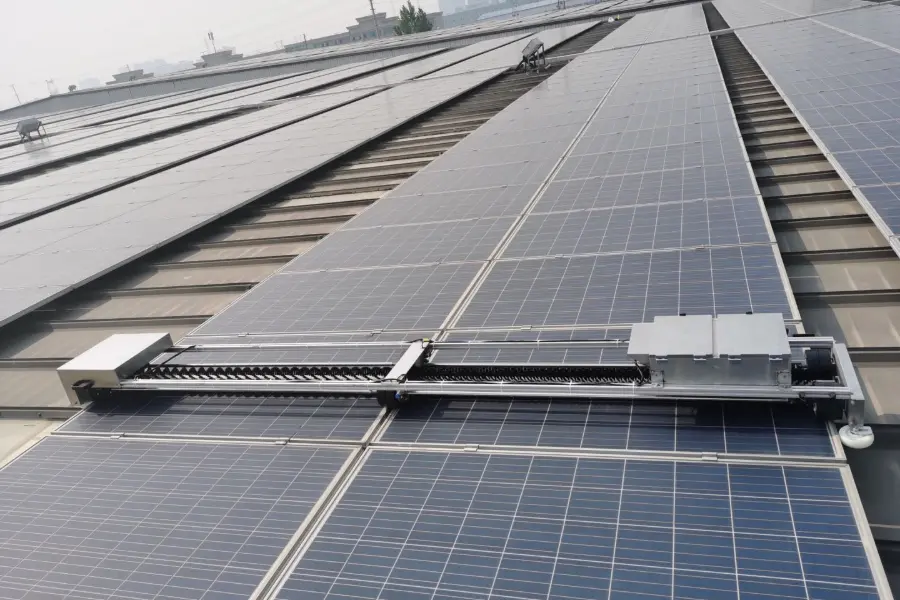Solar panel cleaning robots are designed to be versatile and efficient, capable of cleaning a variety of solar panel types installed in different environments. Here’s a comprehensive overview of their applicability and operating conditions:
Compatible Solar Panel Types
Monocrystalline Solar Panels
Cleaning robots are specifically designed to address the cleaning needs of monocrystalline solar panels, ensuring efficient and effective cleaning tasks.

Tilted Solar Panels
Most solar panels are installed at angles between 20° to 45°. These cleaning robots are engineered to traverse and clean panels at these inclinations, maintaining stability and efficiency during operation.
Different Sizes of Solar Panels
While the sizes of solar panels can vary slightly among manufacturers, the common dimensions are approximately 1960mm in length and 900mm in width. The cleaning robots are designed to accommodate these prevalent sizes, and the manufacturer, Todos, offers customization options for different dimensions.
Rooftop Solar Panels
These robots can be utilized for cleaning rooftop solar panels, particularly on the roofs of steel-structured buildings. They can navigate gaps between arrays, allowing for efficient inter-row movement and cleaning.

Solar Panels in Desert Regions
Robots are particularly suitable for solar panels located in desert regions characterized by strong winds and heavy dust. These environments present a higher risk of sand and dust contamination, necessitating more frequent cleaning.
Usability in Various Climate Conditions
Arid, Dusty, and Cold Environments
The robots are designed with robust features to operate under harsh weather conditions. They possess strong wind resistance and air purification capabilities, ensuring stable performance in dry, dusty, and cold climates.
Rain and Snow Weather
Equipped with rain and snow sensors, the cleaning robots can automatically shut down upon detecting adverse weather conditions. This feature prevents potential damage that could occur from operating under wet or icy circumstances.
High-Temperature Environments
The robots consider thermal expansion and contraction effects, allowing them to function normally in high-temperature settings without compromising cleaning efficiency due to temperature changes.
Complex Terrain
These robots utilize a deformable wheeled chassis and synchronized walking mechanisms, enabling them to navigate uneven ground and maneuver between solar panel arrays. This design allows them to adapt easily to various complex terrains.
Conclusion
In summary, solar panel cleaning robots are suitable for a wide range of solar panel types and can operate effectively in different climate conditions. They excel particularly in harsh natural environments, significantly enhancing the cleaning efficiency and effectiveness of photovoltaic panels. Whether in arid deserts or urban rooftops, these robots stand ready to ensure that your solar panels remain clean and efficient.